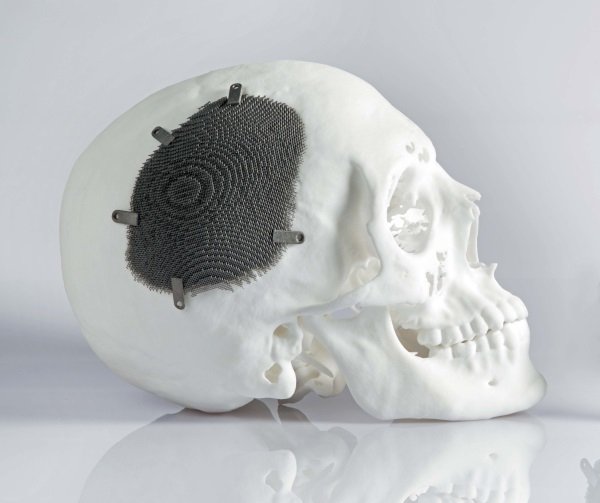Is additive manufacturing ready for mainstream production, or does it remain mostly a method for producing prototypes and spare parts? This is the question that faced a panel of experts at the Pacific Design and Manufacturing show in Anaheim last month.
The panelists who spoke at the session, Tech Talk Panel: Additive Manufacturing: The Slow & Steady March to Production, commented on whether additive manufacturing is gaining traction as a viable production method. Panelists included Josh White, principal and creative director at OffWhite; Evan Hochstein, applications engineer at Stratasys; and Matt Sand, president of 3DEO. The session was moderated by Kate Stephenson, founding principal at Dyad Engineering.
Matt Sand, president of 3DEO insisted we’ve already reached the tipping point for additive production, even for metal parts. “Forget everything you know about metal 3D printing. There was a hype cycle in 2012 and 2013. People got pulled into the industry and the parts looked terrible,” said Sand. “It’s fundamentally different now. The technologies are changing. When you look at the parts now, it can be hard to distinguish between machined parts and 3D printing.”
Sand noted that part of the change is that 3D printing has matured. Instead of a promise, it’s become a fact. “There are a lot of biases, and that’s changing rapidly. In the next three years, will move from a novelty to a standard way to produce parts,” said Sand. “Forget what you know from the past and dive in with fresh eyes.”
Sand holds the notion that additive manufacturing has earned its place as a legitimate form of production. “For the right type of part, 3D printing is just another tool in the production tool kit. 3D printing can compete with traditional forms of high-volume manufacturing,” said Sand. “We’re converting designs from injection molding to improve the part. When it’s less than 50,000 pieces, we can compete with injection molding. We’re taking market share.”
He also sees a bright future for additive manufacturing as the technology continues to improve. “What if you could print every part in a device? In 15 years, you’ll be able to. No waiting on the supplier. We’re going to see a democratization of the technology,” said Sand. “The small company will be able to compete with the large industrial medical part producer – from small component to full assemblies. We’re seeing glimpses of this now. We’ll see a lot of it in 10 years.”


